
4 min read
Inside the Workshop: Forest + Found
WLLW meets the founders behind Forest + Found, an art collective that uses natural and found materials to create remarkable works rooted in craft traditions.
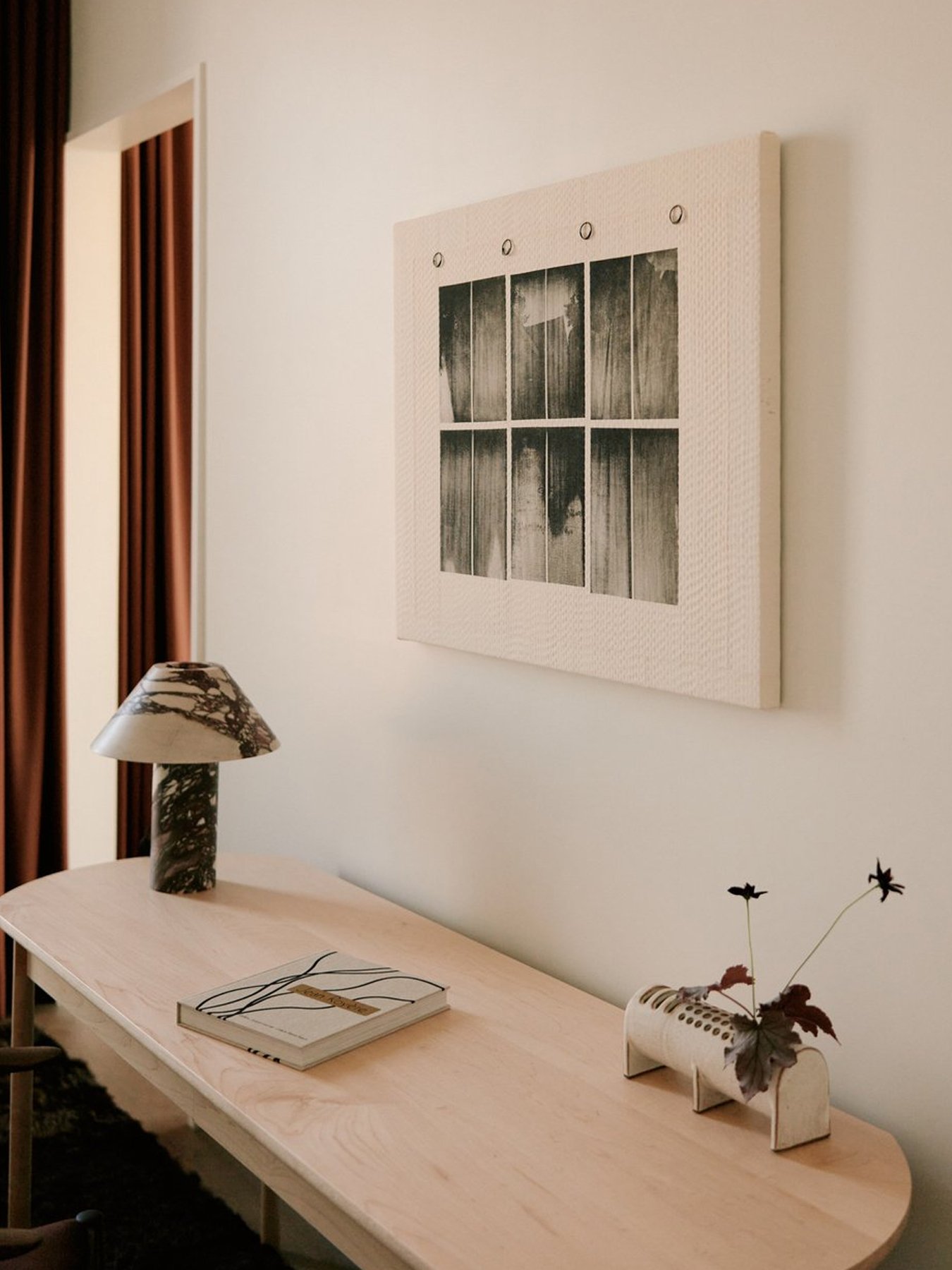
4 min read
WLLW highlights the work of four of our favorite artists and explores how carefully chosen artwork can elevate our homes and connect us to the natural world.
Art has been enhancing the human experience for thousands of years, from paintings daubed inside caves to the subtle intricacies of modern media, it has allowed us to make sense of the world and beautify our surroundings. However, the pieces in our homes often harbor hidden chemicals that have the potential to impact our health and wellbeing.
Acrylic paint contains Volatile Organic Compounds (VOCs) that can offgas. Prolonged exposure to VOCs can lead to respiratory issues, headaches, dizziness and nausea. Oil paint also often contains high levels of VOCs as well as metals, such as lead and cadmium, which can be harmful if ingested. These risks primarily impact artists, however owners may also face risks when displaying these artworks in their homes. From reducing indoor pollutants to promoting environmentally-friendly production methods, the concept of healthy artwork encompasses a spectrum of considerations.
Using natural materials can avoid many toxic chemicals and connect us to our environment, while being surrounded by biophilic forms has been shown to improve our wellbeing. By showcasing the works of some of WLLW’s favorite artists, we explore how thoughtful choices in art can enhance indoor spaces and promote sustainability. Carl Koch is celebrated for his intricate ceramic sculptures, renowned for their rich textures and organic forms. Abigail Booth from Forest + Found exemplifies the fusion of traditional craftsmanship with contemporary art, employing natural dyes and fibers. Further enriching this exploration are Carla Cascales Alimbau’s minimalist wooden sculptures and Lina Zedig’s innovative textile designs, both artists that narrow in on sustainability and a deep connection to natural materials.
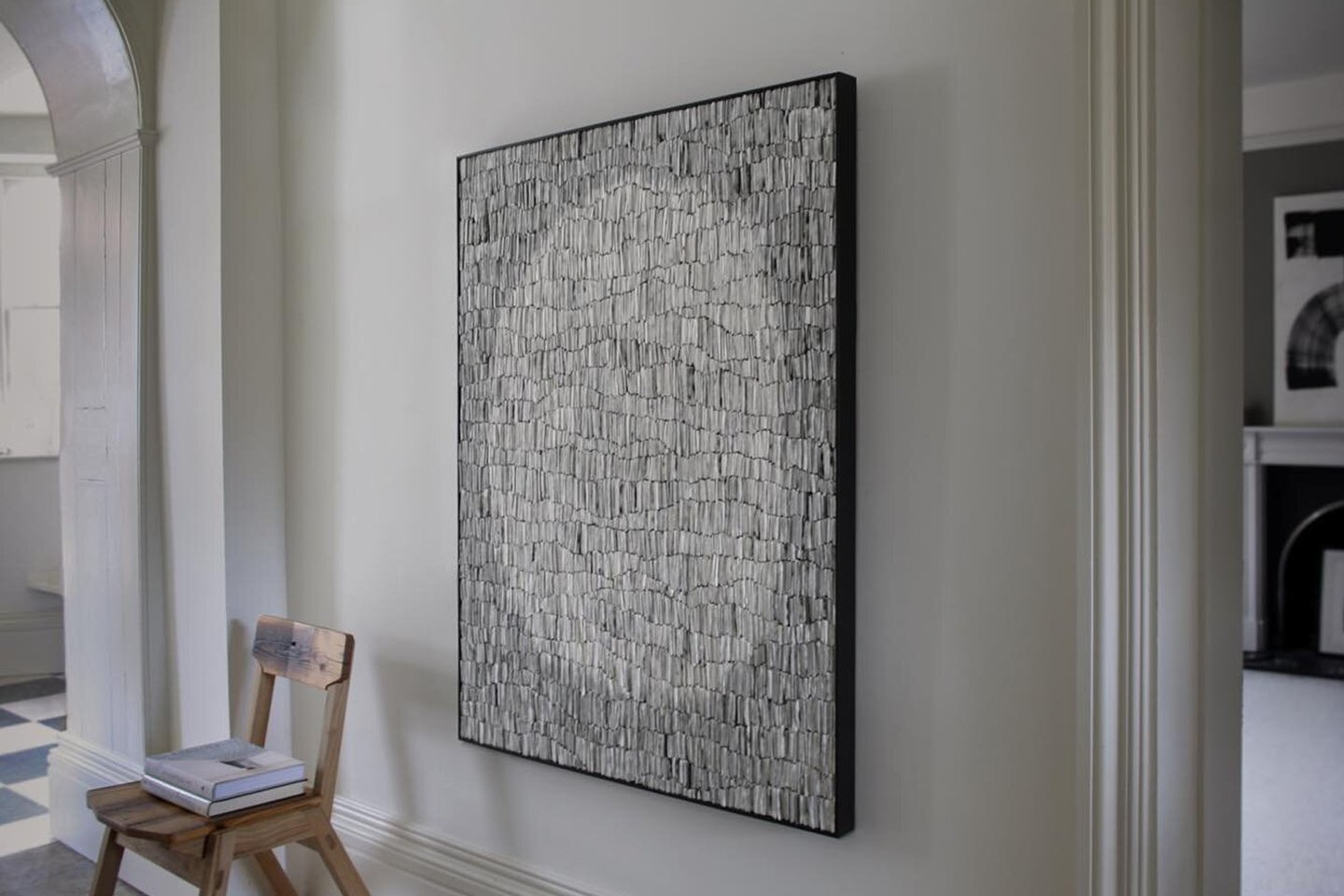
The grandson of a wildlife artist, Carl Koch has always been drawn to themes of nature in his work. Koch uses ceramic tiles, an ancient medium, to craft complex pieces that evoke a sense of organic fluidity, seamlessly blending natural elements with sculptural sophistication. Ceramics are typically made from natural materials such as clay, which is non-toxic and inert, making them safe for indoor use. Unlike some synthetic materials, ceramics do not emit harmful chemicals or VOCs into the air, promoting better indoor air quality.
His pieces are characterized by his innovative use of reclaimed and recycled materials. He meticulously sources materials that minimize environmental impact while maximizing aesthetic value. His sculptures and installations frequently feature intricate textures and earthy tones, creating a harmonious dialogue between art and the environment. Each piece tells a story of transformation and resilience, inviting viewers to contemplate the beauty and fragility of the natural world. Through his art, Koch not only showcases his technical prowess, but also his deep commitment to ecological consciousness and sustainable practices.
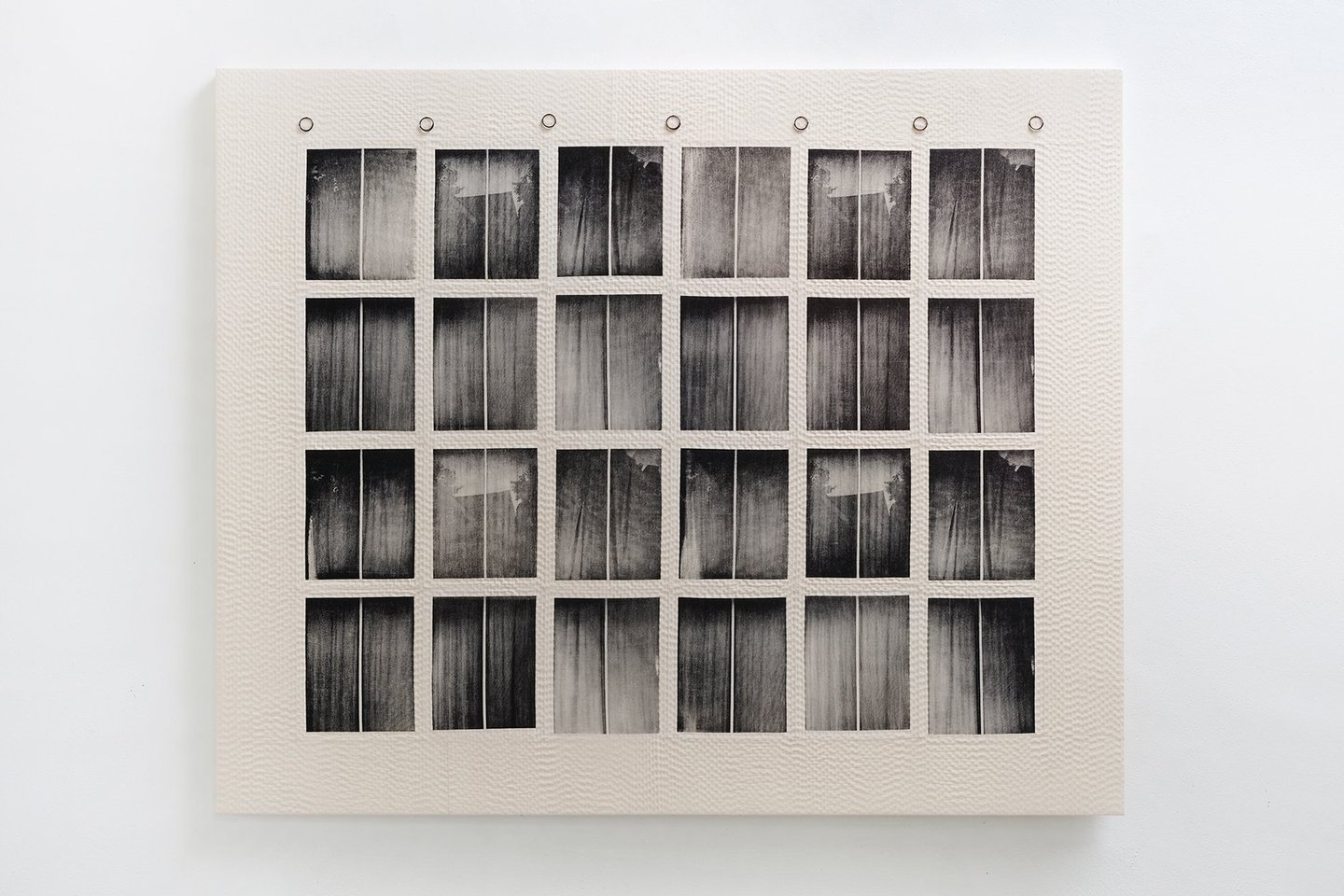
Abigail Booth is one half of Forest + Found, an innovative artistic duo, and she is redefining the boundaries of contemporary art through her commitment to sustainable practices. Her work blends traditional craftsmanship with modern aesthetics, utilizing locally sourced materials such as wool and plant-based dyes. Booth’s textile and paint pieces explore the idea of place and how our subconscious interacts with the objects and environments we encounter.
Booth’s artistic process is deeply embedded in an appreciation for nature and a desire to preserve traditional techniques. Her work embodies a philosophy of slow, mindful creation, encouraging a deeper connection between people and the natural world. Through their art, Forest + Found inspire others to consider our place within the wider landscape.
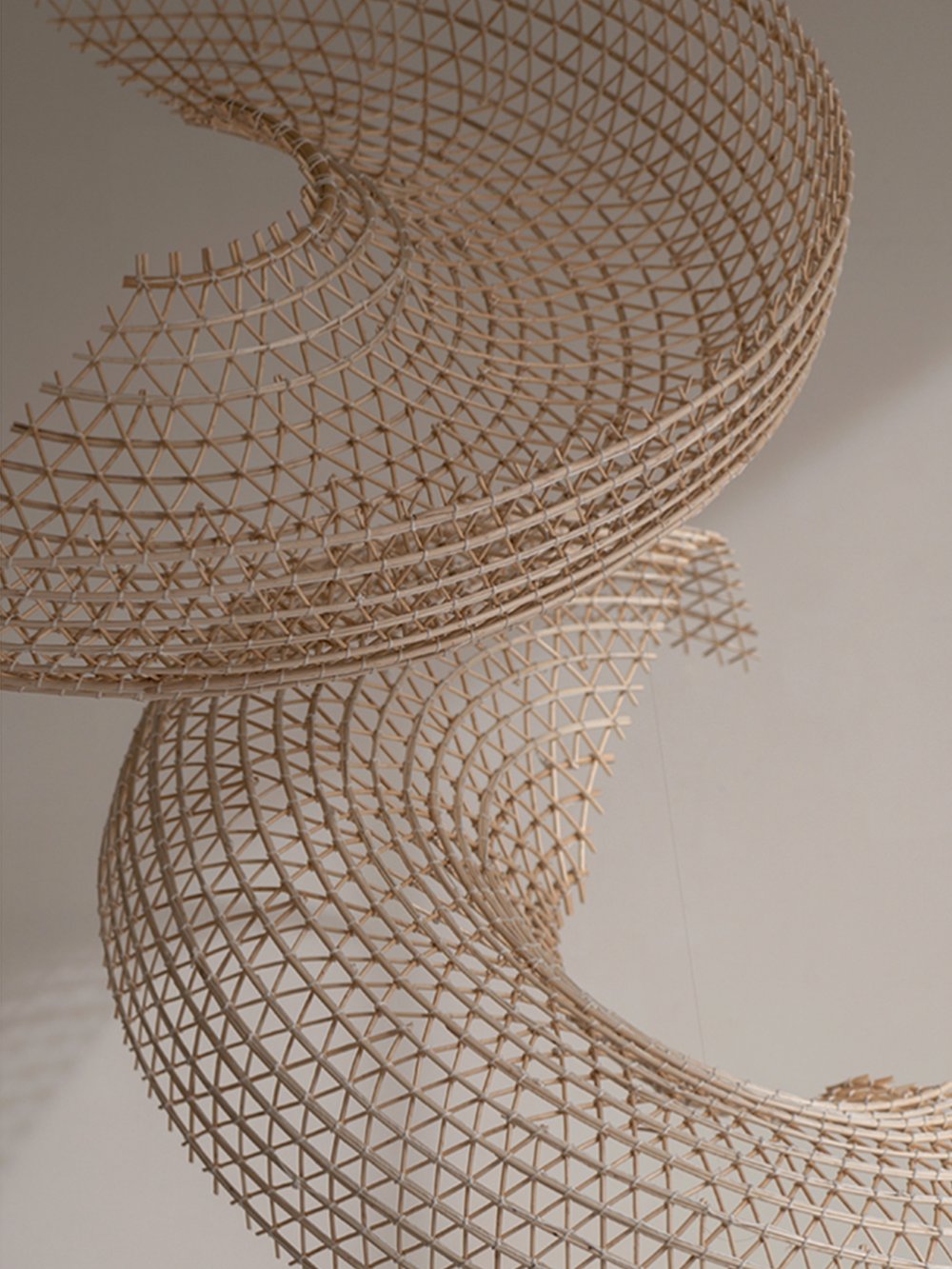
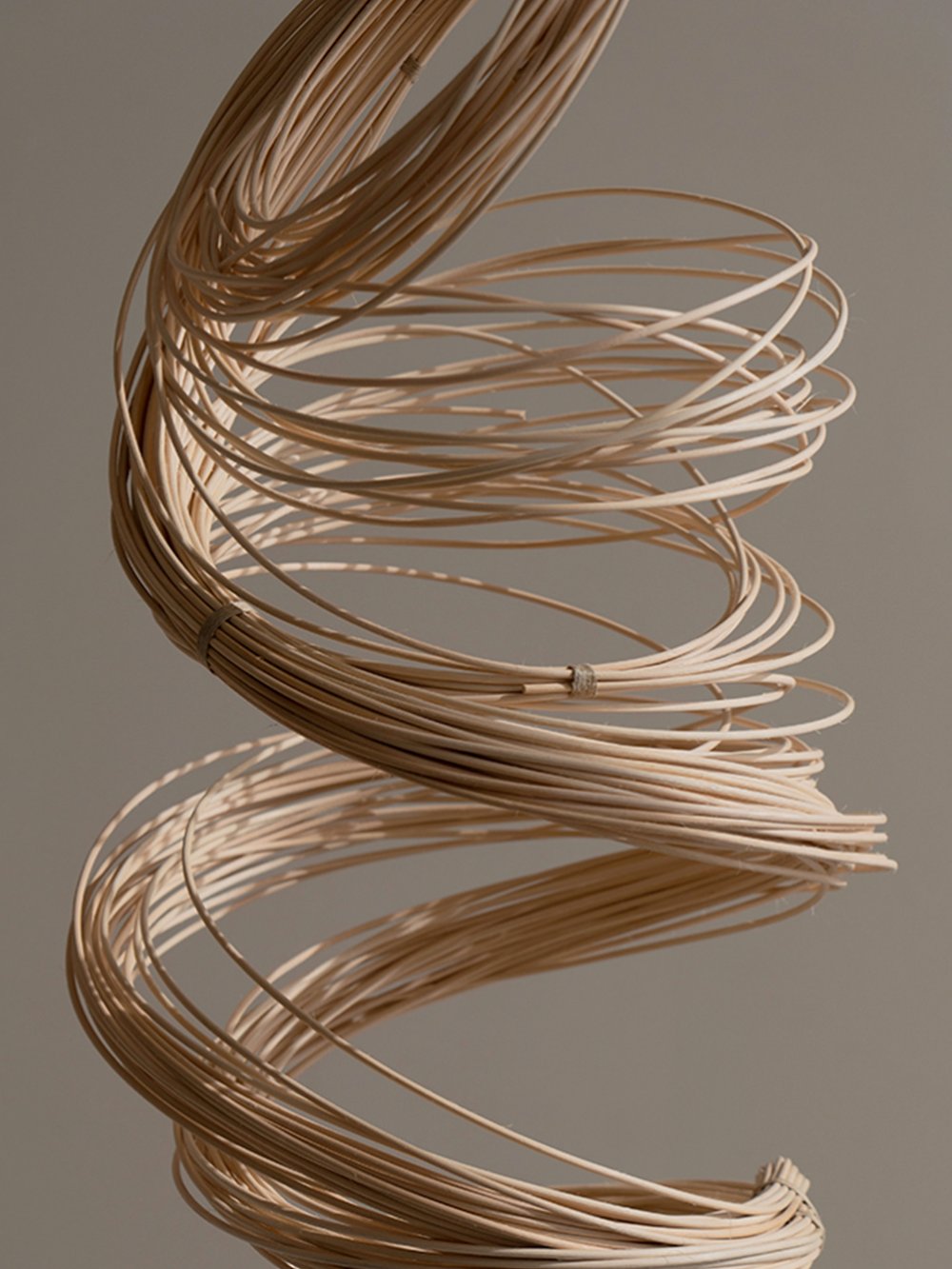
Carla Cascales Alimbau is a contemporary Spanish artist renowned for her minimalist and organic sculptures and installations, which emphasize simplicity, natural materials and the beauty of imperfection. Her work features clean lines, smooth curves and forms inspired by nature, reflecting a deep connection to the environment. For her wooden sculptures, Alimbau embraces the natural grain, texture and color of her materials, highlighting their inherent flaws and irregularities in a wabi-sabi, the Japanese art of impermanence, aesthetic. Each meticulously handcrafted piece showcases her dedication to craftsmanship and invites tactile engagement. Notable series such as ‘Tactile’ and ‘Fragments’ explore sensory experiences and themes of reconstruction. Alimbau’s art is influenced by nature, sustainability, and cultural aesthetics, celebrating the harmony and tranquility found in organic forms.
Alimbau repurposes wood from other projects and chooses wood from suppliers that adhere to responsible forestry practices. This approach not only reduces waste but also ensures that her art aligns with sustainable principles, highlighting the importance of responsible resource use in her creative process.

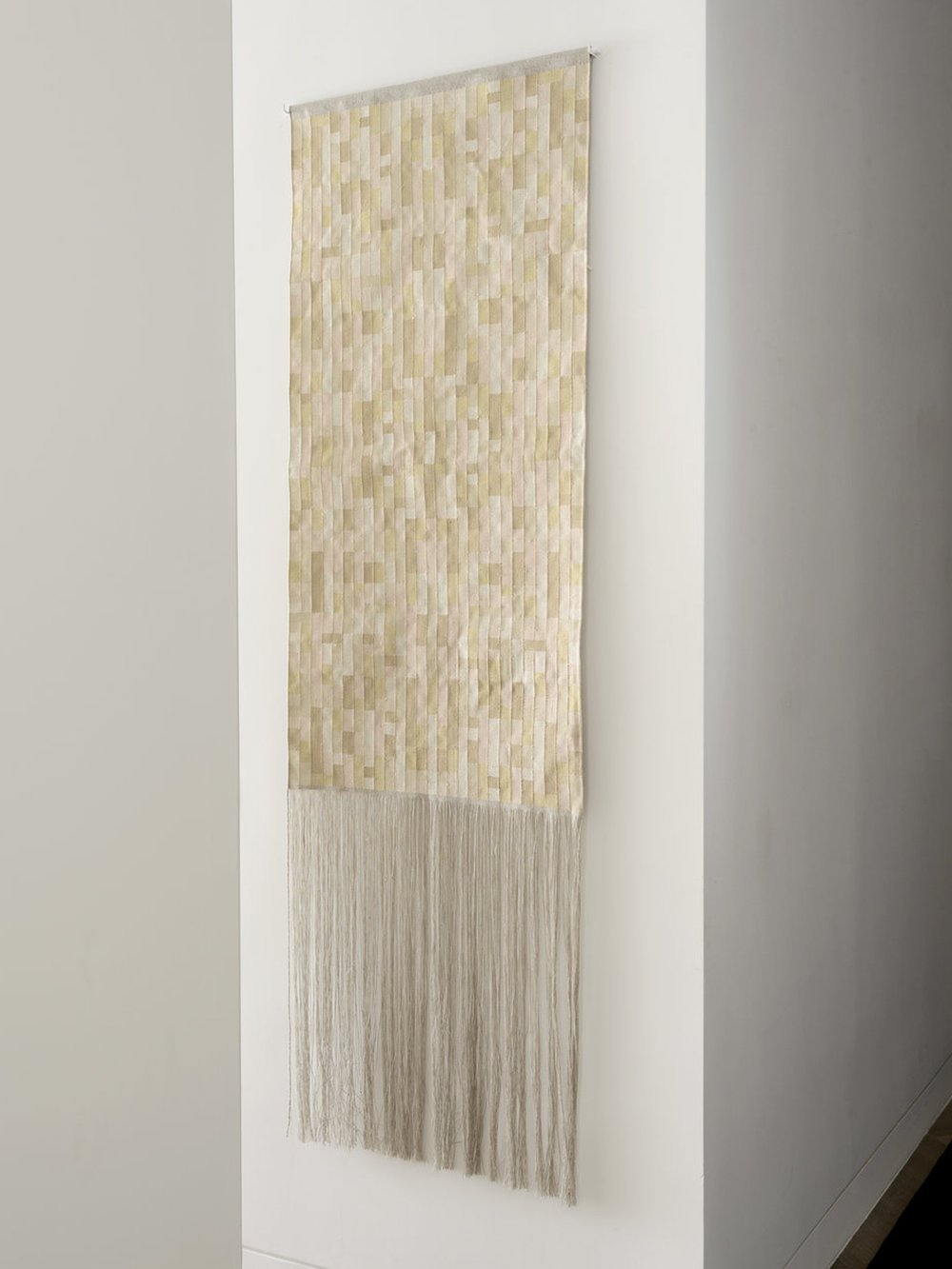
Lina Zedig is a Swedish fiber artist and textile designer renowned for her innovative work that draws on Swedish fiber art and textile craft traditions. Her art is influenced by the folk art of Japan and India, countries where she has traveled extensively and lived for significant periods. The natural world is central to her practice, both in her development of natural dyes and in her expression of rhythmic patterns inspired by nature.
Zedig’s commitment to sustainability is evident in her meticulous consideration of every element that is woven into her textiles. She sources natural, sustainable materials, ensuring her work has minimal environmental impact. Her collections reflect her innate passion for fibers and offer an homage to the art and process of weaving. Each piece she creates is a pure expression of the intricate and meditative processes involved in textile art. Zedig’s work is characterized by its organic forms, earthy colors and harmonious compositions, capturing the essence of the natural world and traditional craftsmanship. Through her art, she not only preserves and revitalizes ancient techniques but also promotes a deeper connection to nature and sustainable living.
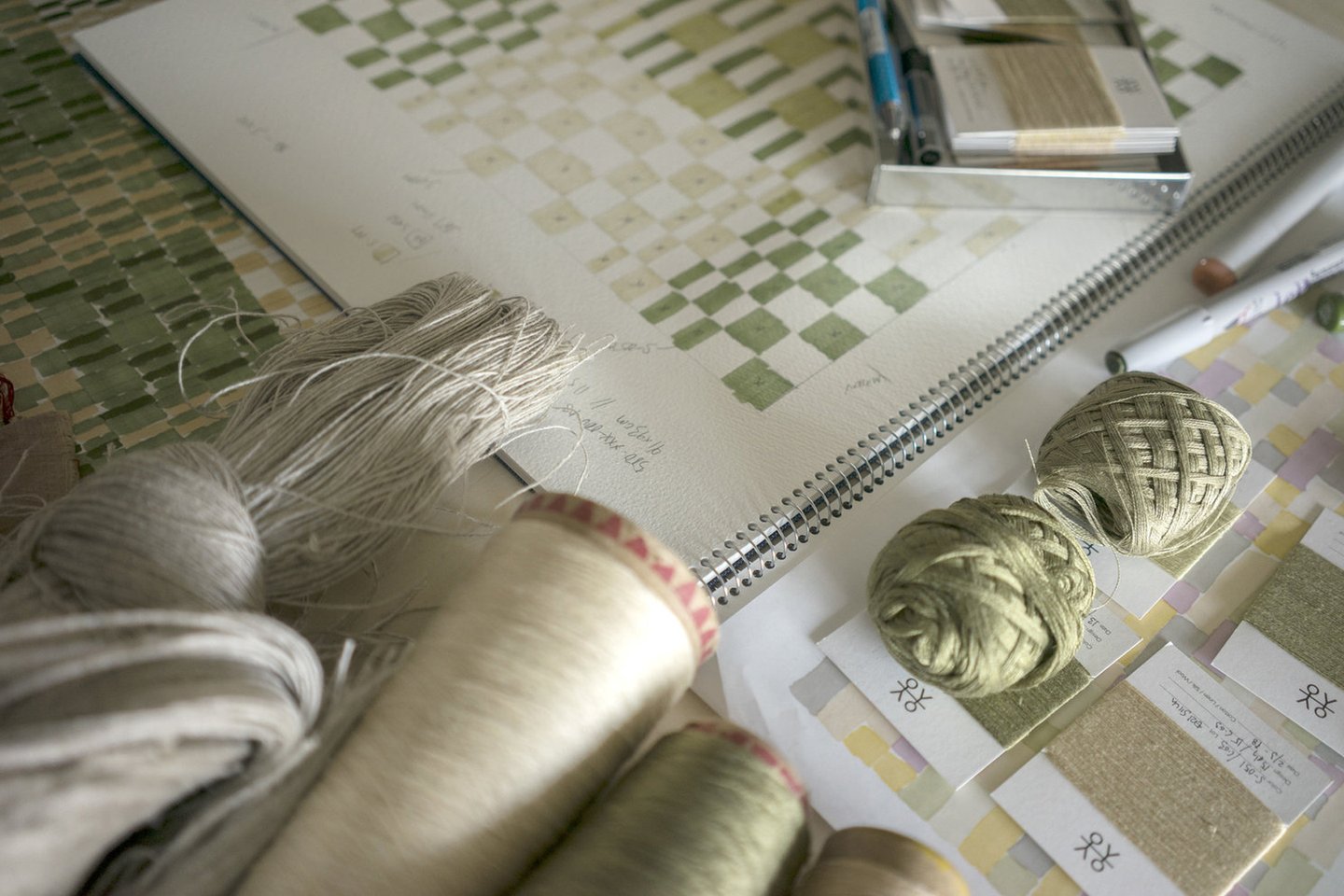
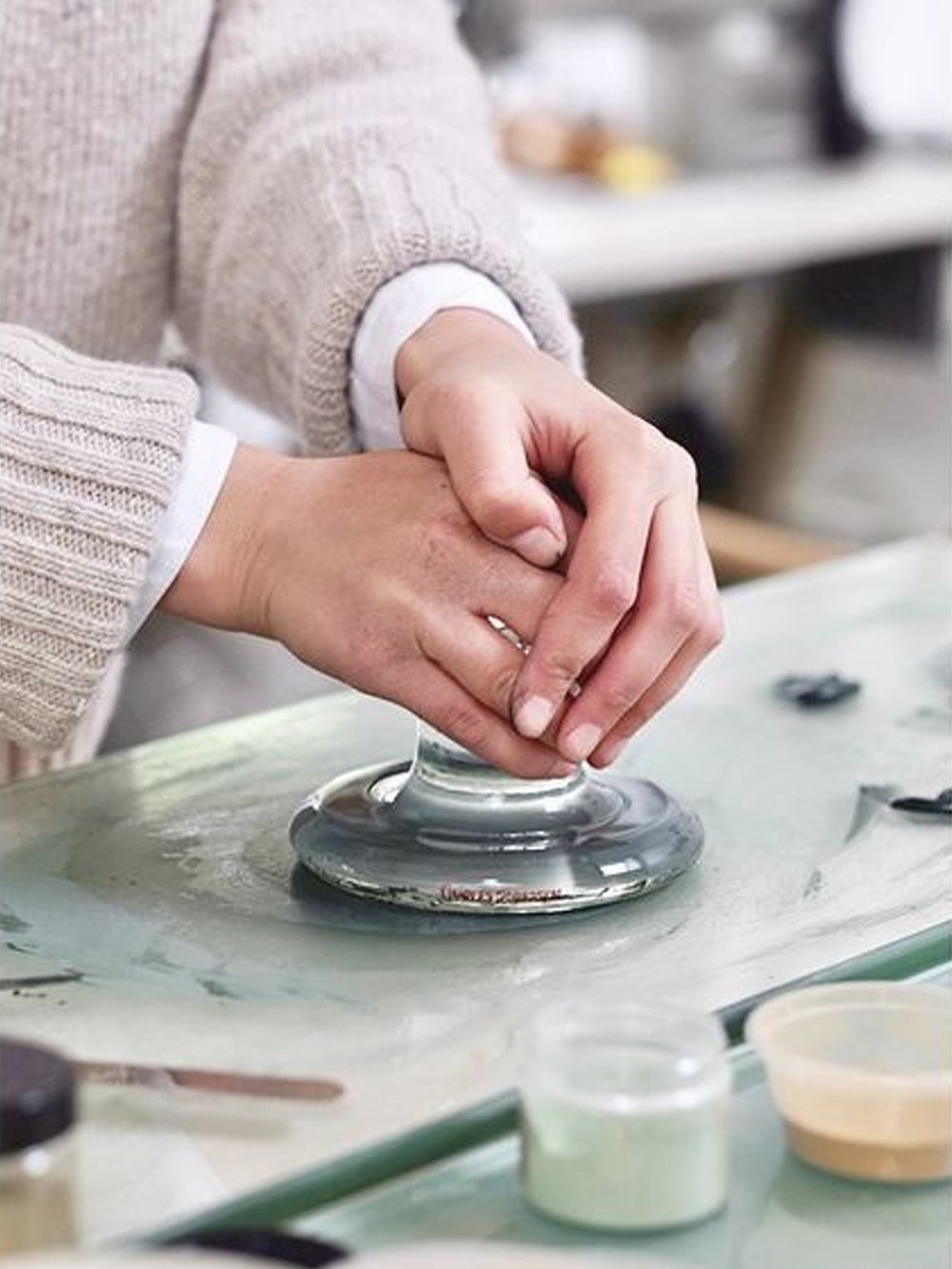

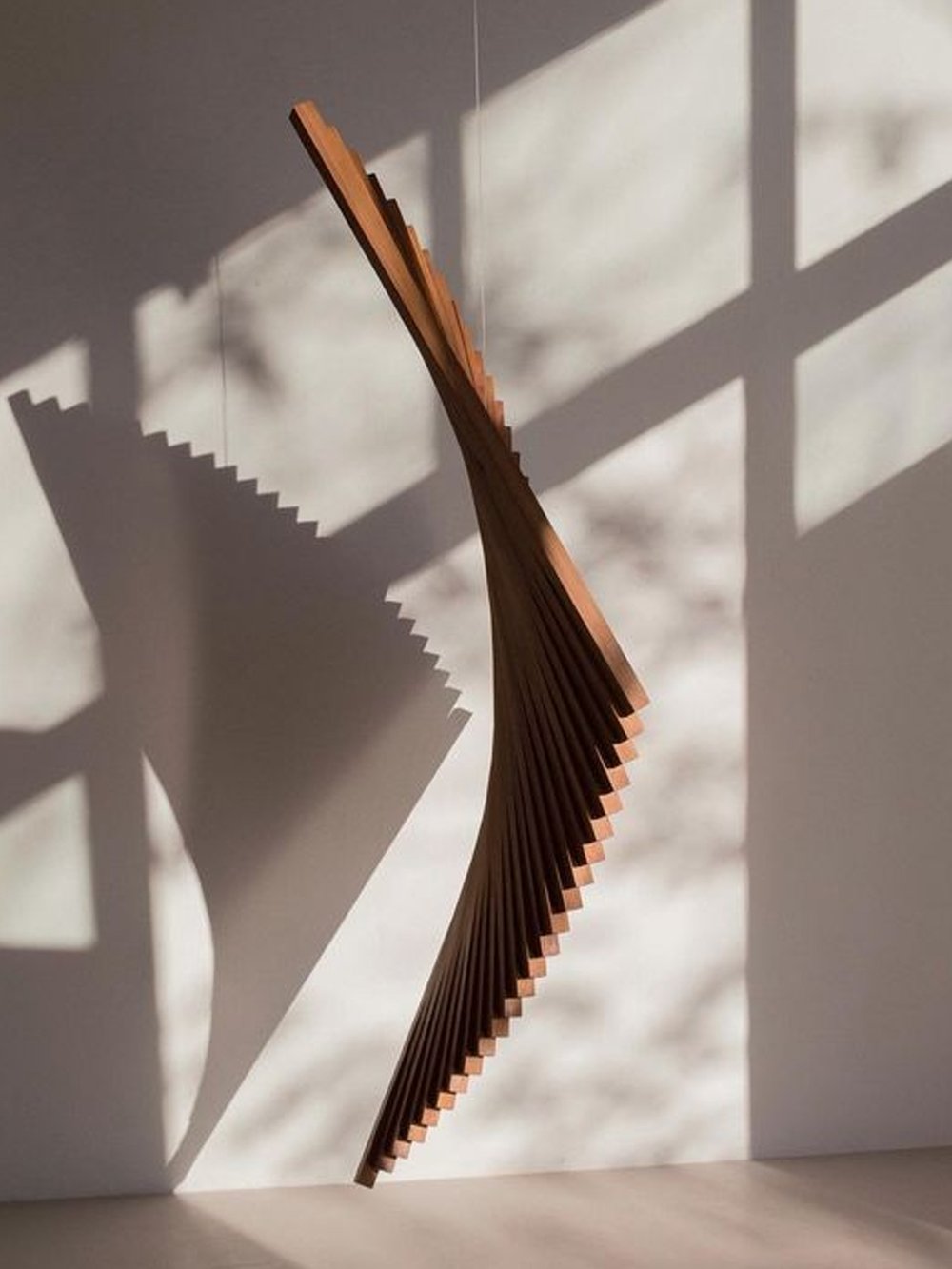

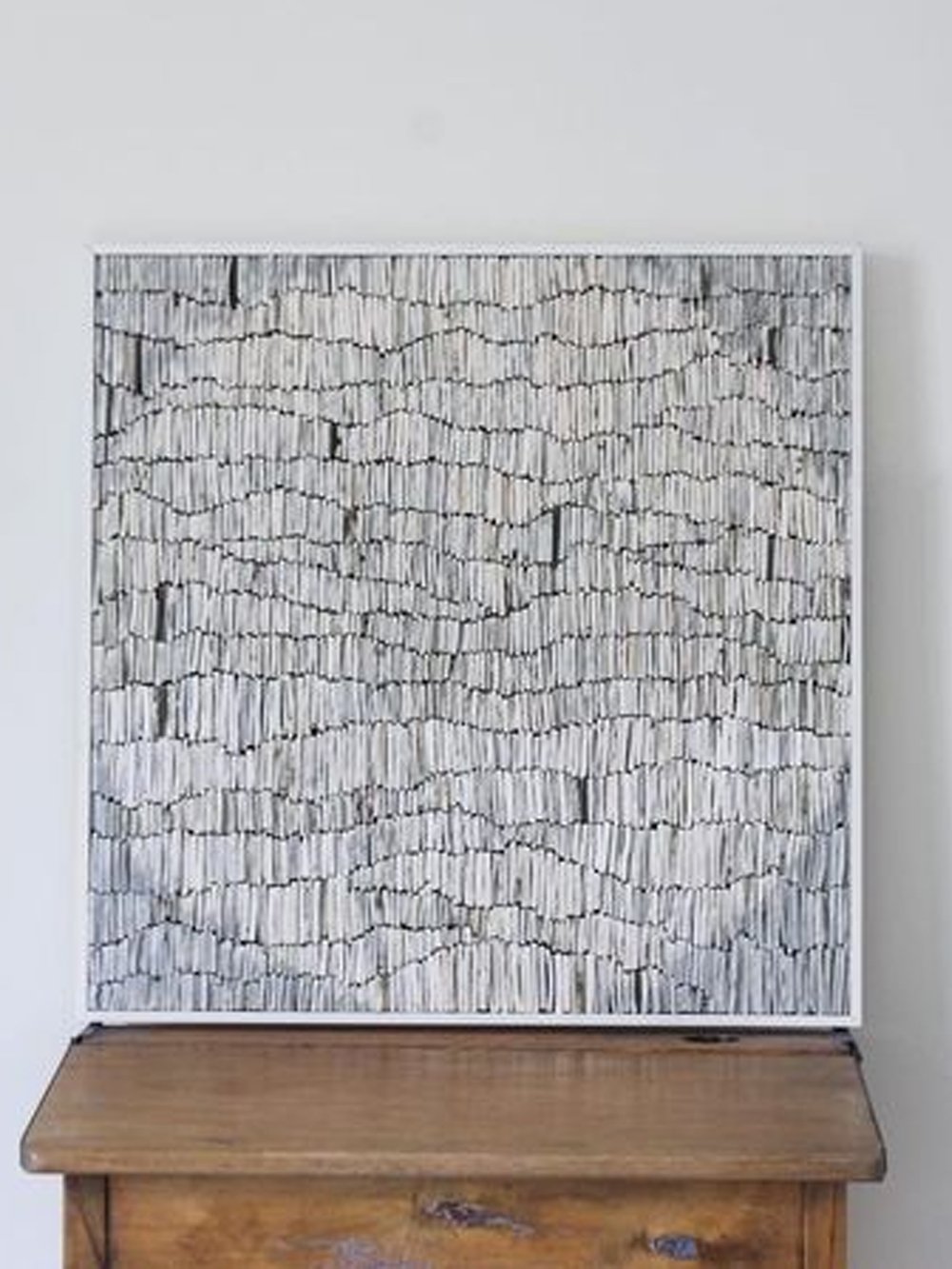
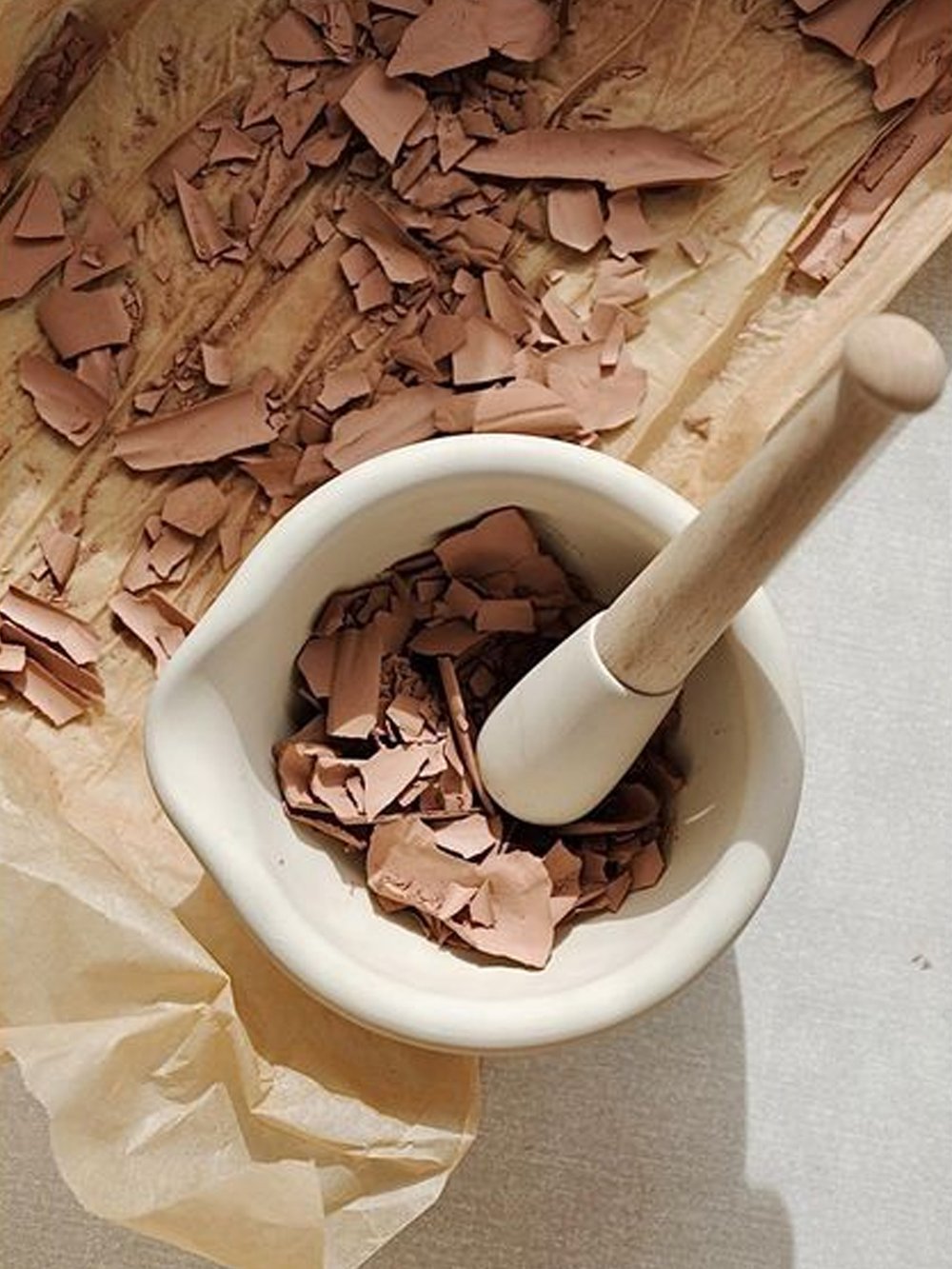
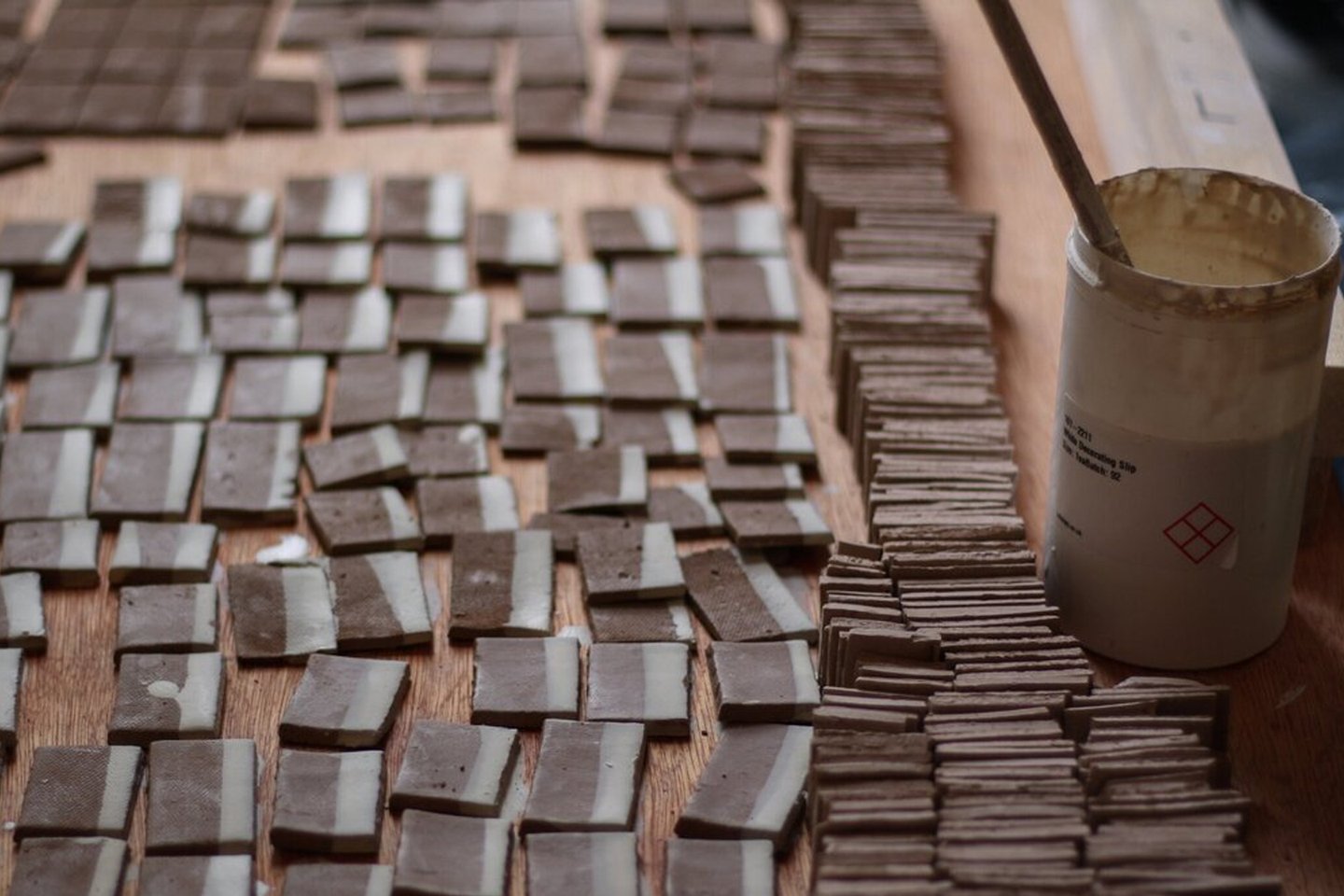
Photography: Radnor, Carl Koch, Forest + Found, Carla Cascales Alimbau, Lina Zedig

4 min read
WLLW meets the founders behind Forest + Found, an art collective that uses natural and found materials to create remarkable works rooted in craft traditions.

3 min read
Bringing nature into homes through biophilic design improves wellbeing and connects us to the natural world.